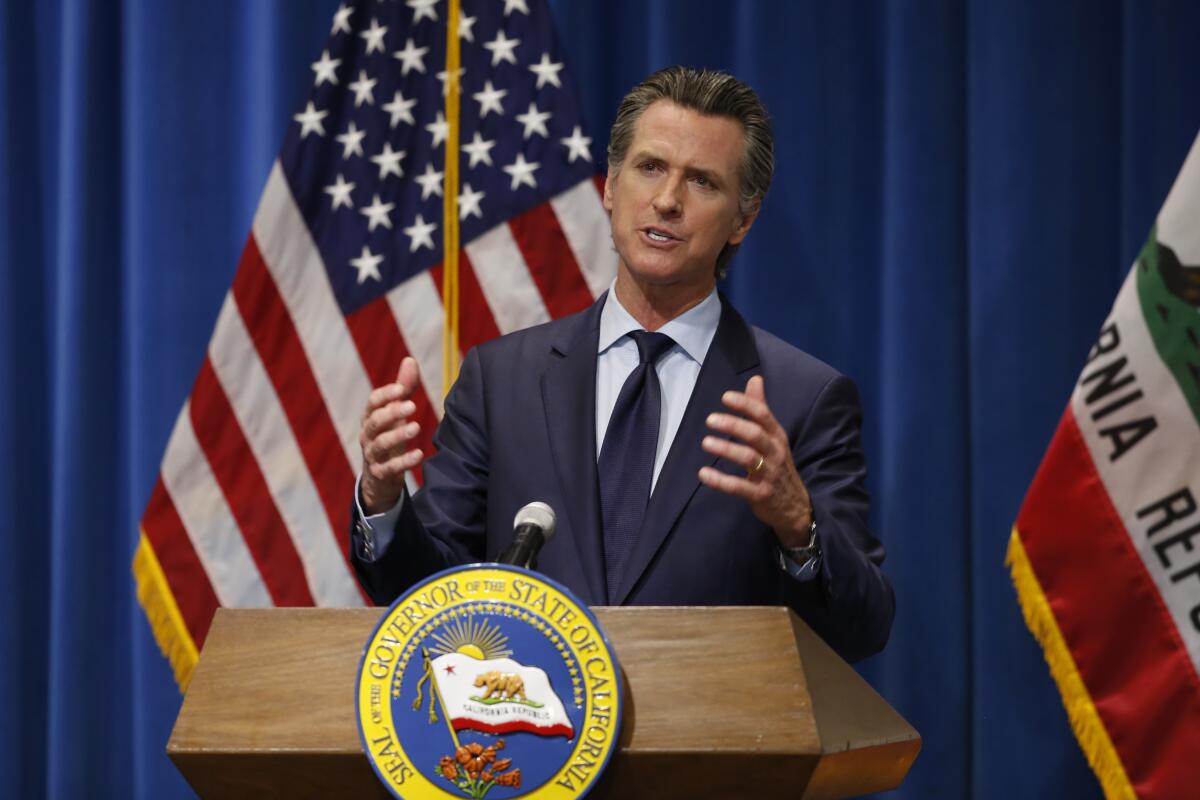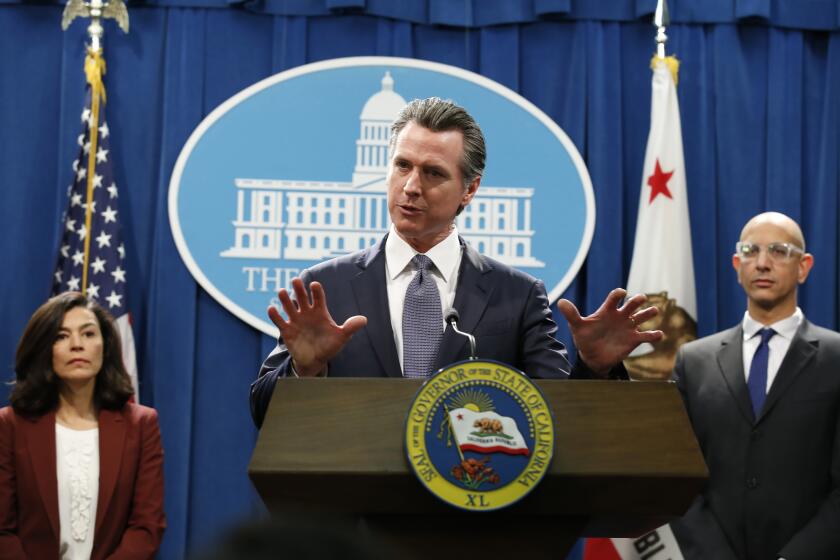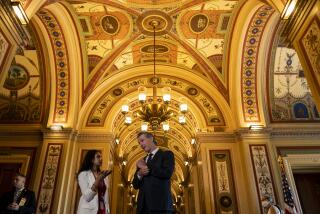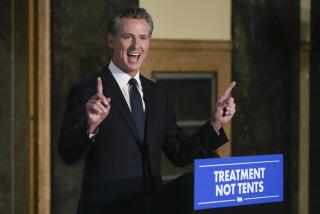State appeals court upholds Gov. Newsom’s emergency powers during pandemic

A state appeals court decided unanimously Wednesday that Gov. Gavin Newsom has the legal right to modify or make new state laws during the COVID-19 pandemic.
The ruling was a setback for two Republican lawmakers who challenged the scope of the governor’s public health authority. The legislators said they would ask the California Supreme Court to overturn the decision, handed down by a three-judge panel of the Sacramento-based 3rd District Court of Appeal.
The appeals court said the 1970 California Emergency Services Act grants the governor the power to change state law during a crisis and that grant of authority was constitutional.
The ruling stemmed from a Sutter County Superior Court judge’s decision in November to issue a permanent injunction blocking Newsom from issuing executive orders that make new law. Newsom has issued about 50 executive orders since declaring a state of emergency for the pandemic in March 2020.
Superior Court Judge Sarah Heckman, who was first elected to the bench in 2012, said the Emergency Services Act gave governors the power to suspend laws but not to make new laws or amend existing ones.
The Court of Appeal temporarily blocked Heckman’s injunction in November pending an appeal.
Deciding that appeal on Wednesday, the 3rd District court interpreted the 1970 act differently. It noted that the law gave governors “police power” during an emergency and that term meant the authority to enact laws.
“The superior court erred in interpreting the Emergency Services Act to prohibit the Governor from issuing quasi-legislative orders in an emergency,” wrote Presiding Justice Vance W. Raye, appointed to the court by former Gov. George Deukmejian, a Republican.
“We conclude the issuance of such orders did not constitute an unconstitutional delegation of legislative power.”
The California Constitution gives only the Legislature the power to create laws. But the appeals court said the Emergency Services Act was constitutional because it provided only temporary powers and contained “an important safeguard.”
That safeguard was a requirement that a governor proclaim an end to the emergency at the earliest possible date, the court said. Once the governor or the Legislature decide an emergency is over, the executive orders issued by the governor are nullified.
Raye distinguished the California act from a Michigan law granting the governor emergency powers during a crisis. The Michigan Supreme Court overturned the law last year.
“Unlike the Michigan statute, the Emergency Services Act obligates the governor to declare the state of emergency terminated as soon as conditions warrant, and, more significantly, empowers the Legislature to declare the emergency terminated,” the court said.
Newsom’s March 19, 2020, stay-at-home order was applauded when California was hit less hard by COVID-19 than other parts of the U.S.
The legal challenge against Newsom was filed by two Republican state assemblymen, James Gallagher of Yuba City and Kevin Kiley of Rocklin, over an executive order requiring vote-by-mail ballots to be sent to the state’s more than 22 million registered voters before the Nov. 3 election.
The judge ruled against Newsom, but the decision did not affect the election because the California Legislature voted in favor of the vote-by-mail policy after Newsom’s order. The injunction was aimed instead at any order Newsom issued under the Emergency Services Act.
Gallagher and Kiley indicated they expected they would prevail before the California Supreme Court.
“We have said from the beginning that this case will be decided by the California Supreme Court,” the legislators said in a written statement. “The issue now squarely presented for the high court is whether the separation of powers still exists in California. We are confident it will uphold this bedrock principle of constitutional government.”
More to Read
Sign up for Essential California
The most important California stories and recommendations in your inbox every morning.
You may occasionally receive promotional content from the Los Angeles Times.












